Beirut
Where do you begin the story with a country as complex as Lebanon? If you are from North America then so much of what you are about to read is likely going to surprise you as much as it did us. Enjoy the discovering!
When you hear Lebanon you are likely picturing the general Middle East, but did you realize it’s on the Mediterranean Sea and has similarly beautiful nature and light delicious cuisine as you might picture in Southern France, Italy, and even Greece? It is physically on the western edge of what we would consider the Middle East and just east of Greece, Cyprus, and Turkey.
Language
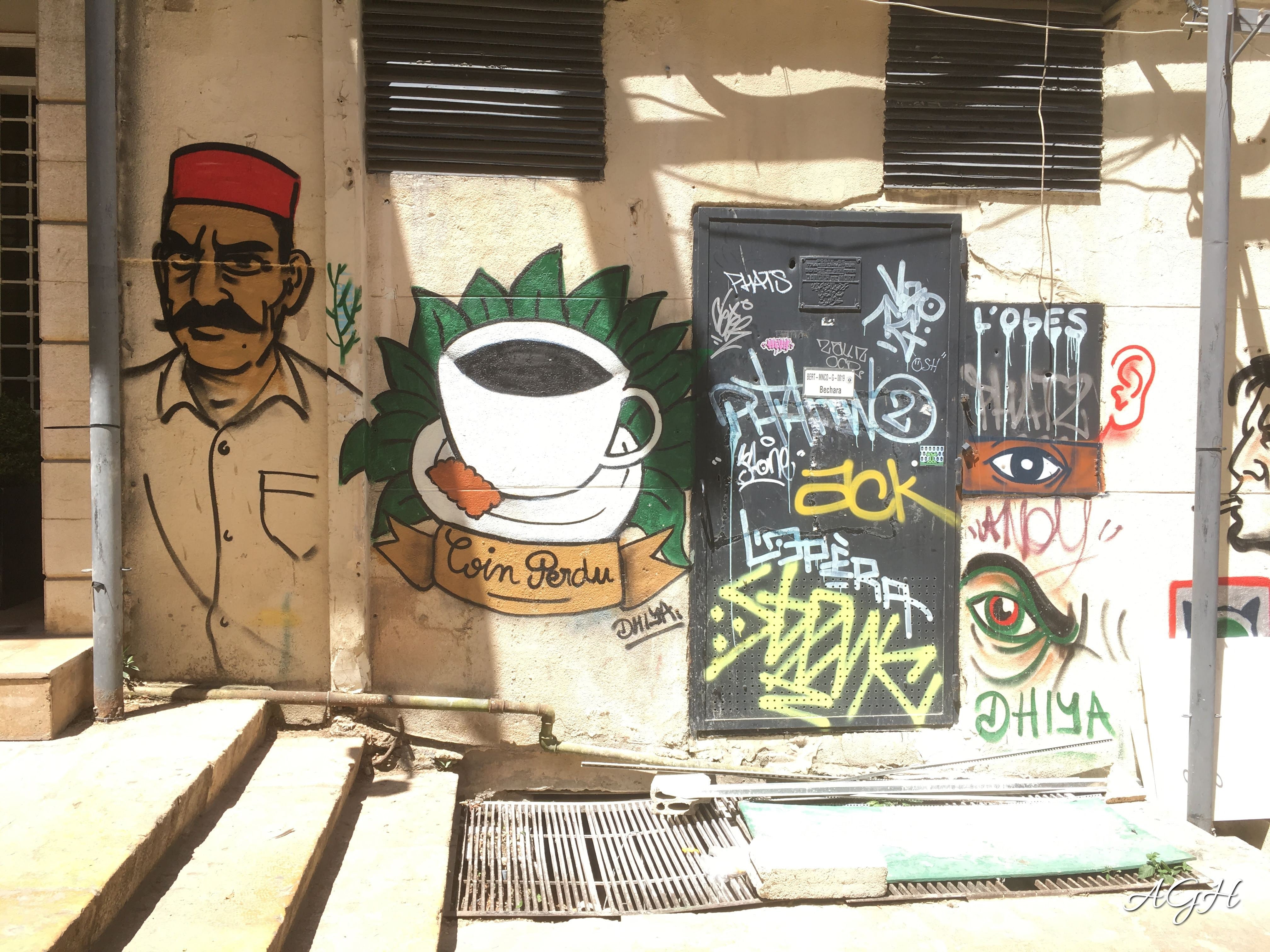 It was ruled by the Ottoman Empire from 1516 to 1918 but when the empire collapsed after WWI the League of Nations mandate to partition the land that had been under Ottoman control. This mandate system was not supposed to be like colonialism. Instead, the governing country was supposed to act as a trustee until residents could manage their country on their own. France was put in control of Lebanon until it gained independence in 1943, though French troops didn’t completely withdraw until 1946. The French connection actually goes back even further to the times of the Christian crusaders who were mostly Frankish (circa approximately 1096-1271). One of the lasting results of these French presences in Lebanon is that today about 20% of the population speak French on a daily basis. French is the second language of Lebanon (after Arabic) and there are laws determining when it should be used in government. French is used as a bit of status symbol, with the upper classes using it ahead of Arabic. If you by appearance people would assume you are from Europe then people will more likely greet you with Bonjour than Salam Alaikum or even Hello.
It was ruled by the Ottoman Empire from 1516 to 1918 but when the empire collapsed after WWI the League of Nations mandate to partition the land that had been under Ottoman control. This mandate system was not supposed to be like colonialism. Instead, the governing country was supposed to act as a trustee until residents could manage their country on their own. France was put in control of Lebanon until it gained independence in 1943, though French troops didn’t completely withdraw until 1946. The French connection actually goes back even further to the times of the Christian crusaders who were mostly Frankish (circa approximately 1096-1271). One of the lasting results of these French presences in Lebanon is that today about 20% of the population speak French on a daily basis. French is the second language of Lebanon (after Arabic) and there are laws determining when it should be used in government. French is used as a bit of status symbol, with the upper classes using it ahead of Arabic. If you by appearance people would assume you are from Europe then people will more likely greet you with Bonjour than Salam Alaikum or even Hello.
Religion
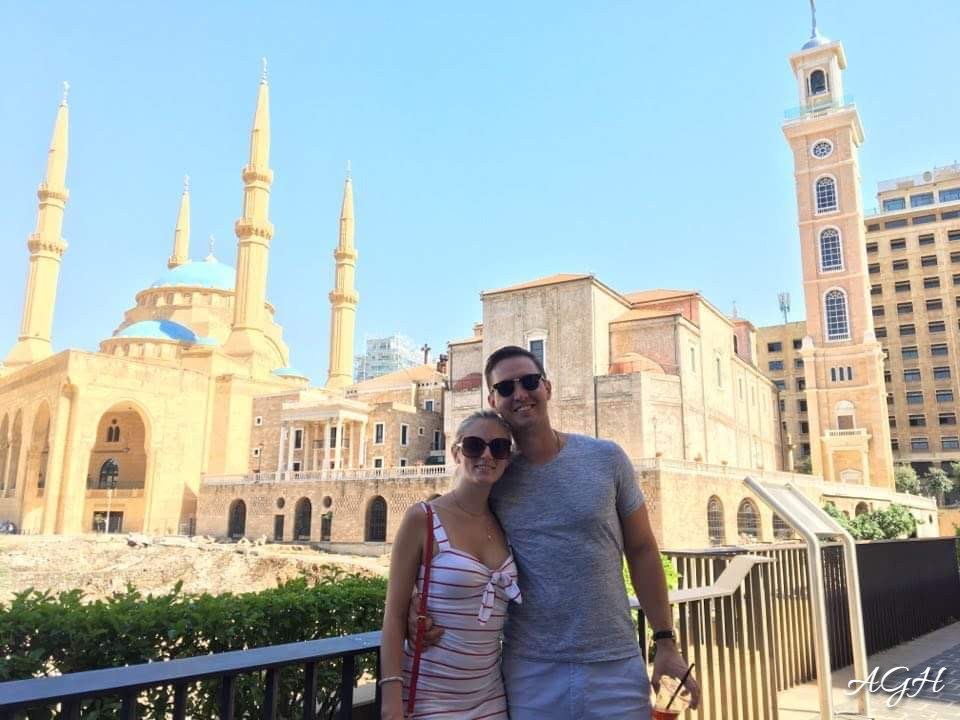 In 64 BC Lebanon fell under the Roman Empire and was one of it’s leading areas of Christianity. Mount Lebanon, which has a gorgeous church atop it which you’ll hear more about in our Experience blog about Beirut to Byblos, became one of the early strongholds of the Maronite Church. Later when Arab Muslims conquered the region the Maronites were able to hold on to their religion and culture. Later yet, Druze established themselves in the Mount Lebanon area also, which led to a religious divide that has carried on for centuries. It is estimated Muslims make up 61.1%, Christians 33.7%, and Druze 5.2% of Lebanon’s population (but note that a national census has not been conducted since 1932 because religious balance is such a sensitive issue here). You may notice that as the French language in Lebanon, Christianity is also more common in the upper classes of society.
In 64 BC Lebanon fell under the Roman Empire and was one of it’s leading areas of Christianity. Mount Lebanon, which has a gorgeous church atop it which you’ll hear more about in our Experience blog about Beirut to Byblos, became one of the early strongholds of the Maronite Church. Later when Arab Muslims conquered the region the Maronites were able to hold on to their religion and culture. Later yet, Druze established themselves in the Mount Lebanon area also, which led to a religious divide that has carried on for centuries. It is estimated Muslims make up 61.1%, Christians 33.7%, and Druze 5.2% of Lebanon’s population (but note that a national census has not been conducted since 1932 because religious balance is such a sensitive issue here). You may notice that as the French language in Lebanon, Christianity is also more common in the upper classes of society.
Politics
You truly can’t talk about politics in Lebanon until after you cover religion. Lebanon has an incredibly unique government called the Semi-Presidential Parliamentary Democratic Republic that uses a Confessionalism framework. A confessionalism political system operates with a power-sharing mechanism based on religious communities. In Lebanon’s version of this system, the President must be Maronite, the Prime Minister a Sunni Muslim, and the Speaker of Parliament a Shi’a Muslim. For Parliament, each religious community has an allotted number of seats. However, candidates must seek support from outside their own faith to be elected. Their constitution provides the right to freedom of religion which goes on to allow the freedom to practice all religious rights so long as public order isn’t disturbed. This has led to religious groups having authority over issues pertaining to marriage, divorce, child custody, and inheritance. So if you need to take legal action to sort out a messy divorce in Lebanon you won’t be headed to a normal court but rather a government-subsidized clerical court of your religious affiliation. Yep, that means for these topics there are different laws in Lebanon depending on whether you are Christian, Sunni, Shi’a, or Druze.
Armenian Lebanese
As you wander Lebanon you will find numerous Armenian restaurants which are a strong sign of primary immigrant population. Armenians in Lebanon are Lebanese citizens of Armenian descent which may sound obvious but keep that in mind for when we talk about the Palestinian population in Lebanon. Armenians have been in Lebanon for centuries and make up about 4% of the population (or 156,000 people), and that number was much higher before the civil war. Prior to and during the Roman Empire, there was already some migration from Armenia to Lebanon while both were a part of the Empire. However, during the long Ottoman rule of Lebanon, there wasn’t much of an Armenian presence. It was primarily after the Armenian Genocide around 1915 that there was a massive influx of Armenians into Lebanon. In line with the confessionalism government Lebanese Armenians are also reserved a certain number of seats in Parliament which are further broken down between Orthodox Armenians and Catholic Armenians.
Palestinian Refugees
When we look at the Palestinian population of Lebanon the first thing you need to know is they are considered refugees and the data on how many there are residing in Lebanon varies from source to source. In 2011 Human Rights Watch estimated at around 300,000 (remember there are 156,000 Armenians), however, in 2017, the Lebanese government declared there were 174,000. In 2019 the United Nations Relief and Works Agency for Palestine Refugees in the Near East (UNRWA) counted 475,075 registered Palestine refugees in its twelve refugee camps in Lebanon. So we can at least assume there are more Palestinians in Lebanon than it’s other better represented Armenian immigrant population. Palestinians in Lebanon areas mentioned previously are still considered refugees and not given Lebanese citizenship. That means they don’t receive Lebanese Identity cards and are not entitled to government services like healthcare and education. They are not allowed to own property and are barred from holding most desirable occupations. To work even in lesser desired occupations in Lebanon as a non-citizen you need a government-issued work permit. Lebanon, according to the New York Times “hands out and renews hundreds of thousands of work permits every year to people from Africa, Asia, and other Arab countries… until now, only a handful have been given” to the Palestinian refugees already residing in Lebanon. This leads to the Palestinians in Lebanon having to heavily rely on UNRWA for basic health care and education. Most of the Palestinians in Lebanon arrived as refugees during the 1948 Palestine War (the first war of the Israeli-Palestinian conflict which saw the displacement of approximately 700,000 Palestinians who mostly remain stateless and living in refugee camps to this day) and the current population is comprised of them and their descendants as well as from Palestinian Militias that resided in Lebanon in the 70s and 80s and Palestinians that recently moved in fleeing conflict in Syria where they were living as refugees.
Syrians in Lebanon
As you are probably well aware of Lebanon’s next-door neighbor, Syria has been in war for the last several years. In 2014 UNHCR recorded 1,077,000 Syrian Refugees in Lebanon which was down to 944,613 as of 2019. Syria and Lebanon have had their own complicated relationship complete with battles and the Syrian occupation of Lebanon which began in 1976 (during the Lebanese Civil War) and ended in 2005. In 1994, under pressure from the Syrian government Lebanon gave thousands of Syrians Lebanese passports. So Syrians have a mix of rights and statuses within Lebanon.
Wars
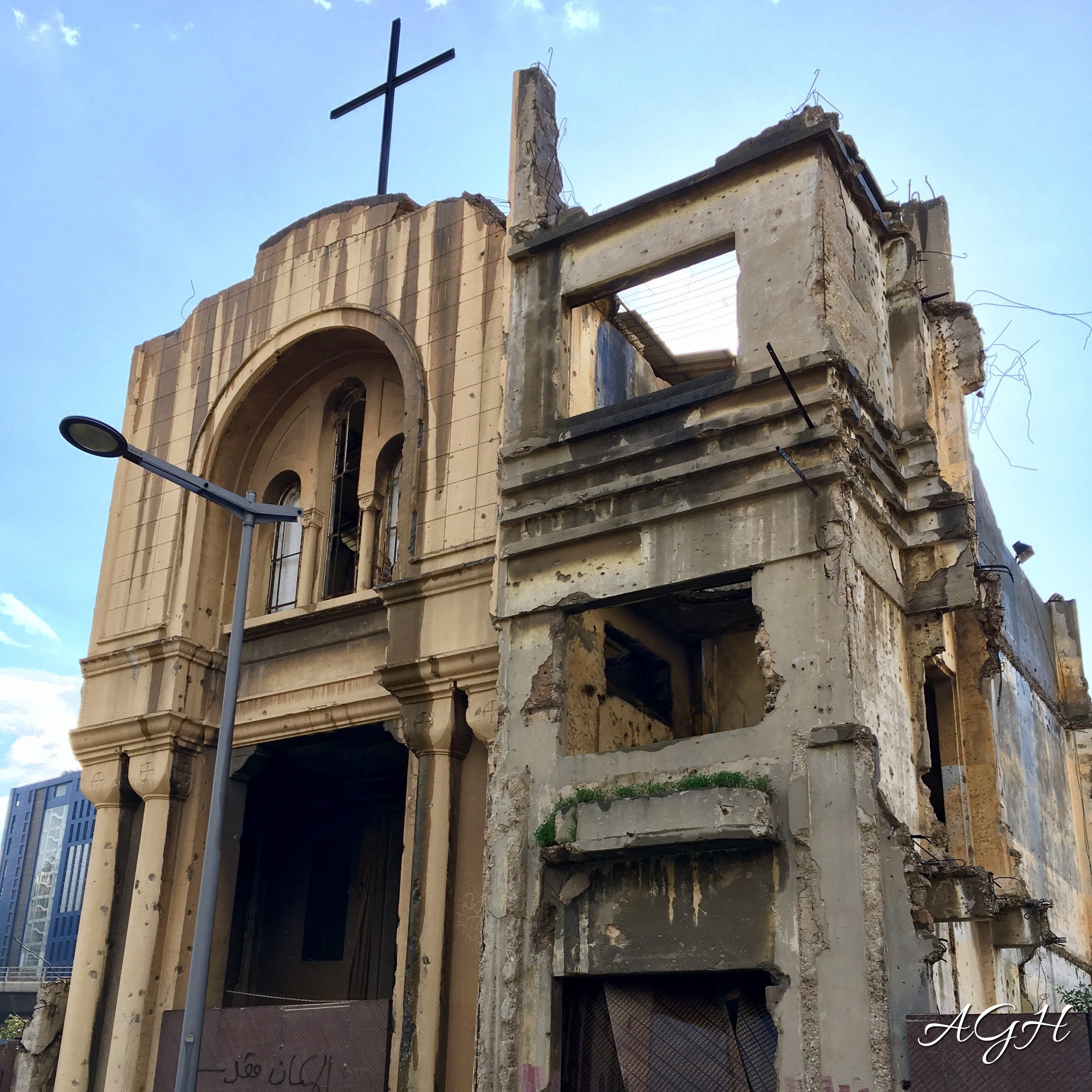 From 1975 to 1990 Lebanon was in a civil war which resulted in approximately 120,000 fatalities and an exodus of almost a million people. So, if you tell your parents you are heading to Lebanon and they get uncomfortable it’s likely this war is the cause. This was, not unlike most wars, developed from many long proceedings and complex factors. We do recommend a Googling for more details but we’ll briefly touch on the many sides and results of this war. The main sides were the Lebanese Front (nationalist Maronites against Palestinian Militancy in Lebanon) and the Lebanese National Movement (pro-Palestinian Leftists… but this party dissolved and was replaced by the Lebanese National Resistance Force after the Israeli invasion in 1982). During this war, there was little regard for human rights and because of its religious split, many non-combatant civilians were targeted. As the war dragged on and the various militias ran low on funds they turned to crime as an occupation more than even fighting. From road checkpoints and various other methods of collecting taxes from civilians to producing and smuggling drugs, weapons, and other stolen goods. Syria, Israel, and Iran contributed financially to various sides. It was during this civil war that Syria occupied and also that Israel invaded. Israel invaded in 1978 and pushed the Palestine Liberation Organization (PLO) north. Israel invaded again in 1982 in alliance with the Lebanese Christian militias and forcibly expelled the PLO. In 1985 Israel withdrew from Lebanon except for a 12-mile buffer zone. That same year Hezbollah (a radical Shia group sponsored by Iran but located within Lebanon) called for an armed movement to end the Israeli occupation within Lebanon. After the end of the civil war in 1990, all parties agreed to disarm except for Hezbollah and the South Lebanon Army which aided Israel in holding that 12-mile buffer zone. Combat continued between the 2 groups until 2000 when Israel withdrew to their side of the UN-designated border. Hezbollah occasionally continued attacks across the border and in 2006 when they captured 2 Israeli soldiers to try to exchange them for the release of Lebanese soldiers held by Israel they ended up igniting the 2006 Lebanon War. This ended with a ceasefire within the same year which required the disarmament of Hezbollah and respecting the territorial integrity and sovereignty of Lebanon by Israel. This situation has remained calm since and Lebanon had begun to again flourish especially in sectors related to arts, hospitality, and development. However, the economy has suffered and in 2019 riots erupted demanding the politicians improve things. We visited Lebanon in 2016, 2017, and 2018 and as much as we love Lebanon, we know right now is not a good moment to go. We believe Lebanese people are truly resilient and soon enough it will be better than it ever was when we were last there. So, bookmark our blogs on Lebanon to save them for when there is again peace in this special land.
From 1975 to 1990 Lebanon was in a civil war which resulted in approximately 120,000 fatalities and an exodus of almost a million people. So, if you tell your parents you are heading to Lebanon and they get uncomfortable it’s likely this war is the cause. This was, not unlike most wars, developed from many long proceedings and complex factors. We do recommend a Googling for more details but we’ll briefly touch on the many sides and results of this war. The main sides were the Lebanese Front (nationalist Maronites against Palestinian Militancy in Lebanon) and the Lebanese National Movement (pro-Palestinian Leftists… but this party dissolved and was replaced by the Lebanese National Resistance Force after the Israeli invasion in 1982). During this war, there was little regard for human rights and because of its religious split, many non-combatant civilians were targeted. As the war dragged on and the various militias ran low on funds they turned to crime as an occupation more than even fighting. From road checkpoints and various other methods of collecting taxes from civilians to producing and smuggling drugs, weapons, and other stolen goods. Syria, Israel, and Iran contributed financially to various sides. It was during this civil war that Syria occupied and also that Israel invaded. Israel invaded in 1978 and pushed the Palestine Liberation Organization (PLO) north. Israel invaded again in 1982 in alliance with the Lebanese Christian militias and forcibly expelled the PLO. In 1985 Israel withdrew from Lebanon except for a 12-mile buffer zone. That same year Hezbollah (a radical Shia group sponsored by Iran but located within Lebanon) called for an armed movement to end the Israeli occupation within Lebanon. After the end of the civil war in 1990, all parties agreed to disarm except for Hezbollah and the South Lebanon Army which aided Israel in holding that 12-mile buffer zone. Combat continued between the 2 groups until 2000 when Israel withdrew to their side of the UN-designated border. Hezbollah occasionally continued attacks across the border and in 2006 when they captured 2 Israeli soldiers to try to exchange them for the release of Lebanese soldiers held by Israel they ended up igniting the 2006 Lebanon War. This ended with a ceasefire within the same year which required the disarmament of Hezbollah and respecting the territorial integrity and sovereignty of Lebanon by Israel. This situation has remained calm since and Lebanon had begun to again flourish especially in sectors related to arts, hospitality, and development. However, the economy has suffered and in 2019 riots erupted demanding the politicians improve things. We visited Lebanon in 2016, 2017, and 2018 and as much as we love Lebanon, we know right now is not a good moment to go. We believe Lebanese people are truly resilient and soon enough it will be better than it ever was when we were last there. So, bookmark our blogs on Lebanon to save them for when there is again peace in this special land.
Economy
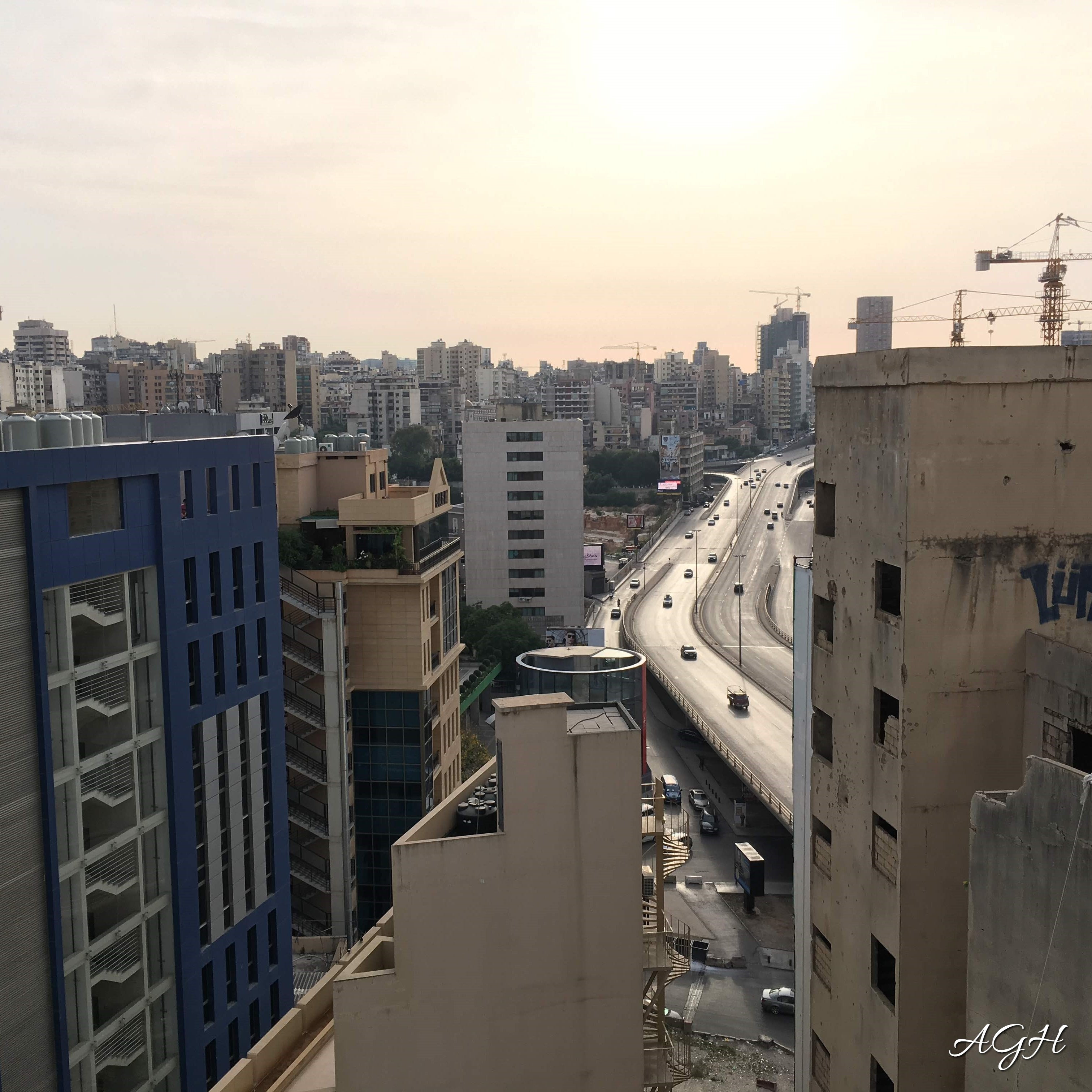 Since 1997 the Lebanese Pound (their currency) has been pegged the US dollar at 1,515 L£ to $1 USD. In 1980 the exchange rate was 3 Lebanese Pounds to $1 USD and then in just over a decade, it increased to 2,500 Lebanese Pounds to $1 USD.
Since 1997 the Lebanese Pound (their currency) has been pegged the US dollar at 1,515 L£ to $1 USD. In 1980 the exchange rate was 3 Lebanese Pounds to $1 USD and then in just over a decade, it increased to 2,500 Lebanese Pounds to $1 USD.
After the War of 2006, the economy significantly expanded with growth averaging 9.1% between 2007 and 2010. However, the Syrian War had serious impacts on that growth from 2011 onward. The growth averaged 1.7% between 2011-2016 and by 1.5% in 2017. It is the 3rd highest indebted country in the world with regard to the ratio of debt-to-GDP and because of this 48% of domestic government revenues were consumed by interest payments in 2016. This, in turn, prevents the government from investing in infrastructure and other public services. According to a survey done in 2016 by the NGO Transparency International, 67% of respondents believed the majority of political and economic elites were corrupted, 76% felt the government was doing poorly to fight corruption and 92% felt corruption increased that year. According to the World Bank’s analysis of Quality Life Index in 2013 it estimated that 15% of Lebanese people lived below the poverty line of $2,500 annually, 54% lived in the moderate middle class of $9,000 annually, 32% lived in the upper-middle-class at $15,000 to $27,000 annually, and 7% lived in the upper class at $30,000 and above annually. However, don’t let $30k a year classifying a Lebanese person in the upper-class category fool you… It does have it’s share of billionaires and millionaires. As mentioned before, from October 2019 we saw people rioting and protesting across Lebanon. This erupted because citizens felt the government couldn’t provide basic services like water and electricity, maintenance to infrastructure, a stagnant economy, rising unemployment, endemic corruption in the public sector, legislation that seemed to protect the ruling class from being accountable and it was announcing planned taxes on gas, tobacco, and voice of internet calling for applications like WhatsApp. From these protests, the Prime Minister resigned. As of March 2020, protests are continuing and the Lebanese government is starting to reveal its restructuring plans.
The Golden Age of Lebanon
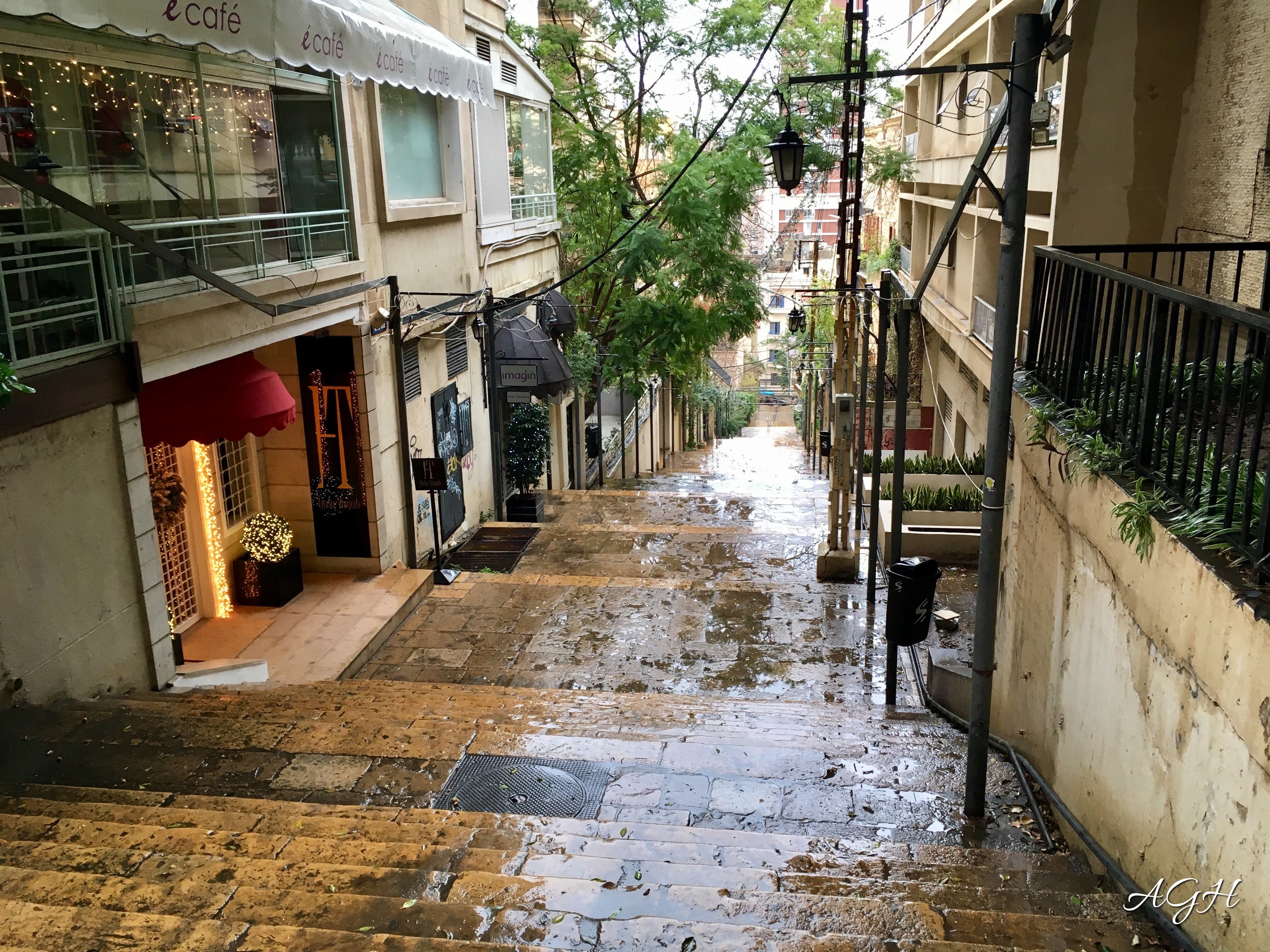 From the mid-1950s to the start of the Civil War in the mid-1970s, Lebanon experienced what is referred to as it’s Golden Age. During this period, it was the center of commerce and tourism for the Middle East. At that time Lebanon had superior infrastructure and education so it was where companies from the Eastern Mediterranean and Gulf Countries set up their headquarters. If you’ve been to Lebanon, especially if you have visited its snowy mountains and its beautiful beaches you further understand its allure. To this day Lebanon has a vibrant social scene and it was during this Golden Age that it became internationally famous for it and even took on the nickname “The Paris of the Middle East.” When you go to Beirut and you are at the top the Saint Nicholas Stairs (or another staircase that rises from Mar Mikhael’s main street) you could definitely feel the resemblance to Paris’ Montmartre neighborhood. Locals were incredibly welcoming to tourists and tourists were pouring in from around the world. During this period of thriving starlets like Marlon Brando and Bridgette Bardot frequently visited. Unfortunately, the civil war was its undoing.
From the mid-1950s to the start of the Civil War in the mid-1970s, Lebanon experienced what is referred to as it’s Golden Age. During this period, it was the center of commerce and tourism for the Middle East. At that time Lebanon had superior infrastructure and education so it was where companies from the Eastern Mediterranean and Gulf Countries set up their headquarters. If you’ve been to Lebanon, especially if you have visited its snowy mountains and its beautiful beaches you further understand its allure. To this day Lebanon has a vibrant social scene and it was during this Golden Age that it became internationally famous for it and even took on the nickname “The Paris of the Middle East.” When you go to Beirut and you are at the top the Saint Nicholas Stairs (or another staircase that rises from Mar Mikhael’s main street) you could definitely feel the resemblance to Paris’ Montmartre neighborhood. Locals were incredibly welcoming to tourists and tourists were pouring in from around the world. During this period of thriving starlets like Marlon Brando and Bridgette Bardot frequently visited. Unfortunately, the civil war was its undoing.
Byblos (Jbeil)
 Believed to be the oldest port in the world, Byblos has a long-standing historical significance. It is among the cities considered for the oldest city in the world because it has been continuously inhabited for more than 7,000 years. You can still visit the crusader castle, Byblos Citadel, and the Phoenician ruins of the Temple of Baalat Gebal and the Temple of the Obelisk. During the mid-1950s Byblos was a thriving tourist and celebrity destination for its impressive location on the coast of the Mediterranean Sea. In modern times, it features high-end restaurants boasting fresh seafood, mansions with fantastic views, and a touristy souk (Middle Eastern market).
Believed to be the oldest port in the world, Byblos has a long-standing historical significance. It is among the cities considered for the oldest city in the world because it has been continuously inhabited for more than 7,000 years. You can still visit the crusader castle, Byblos Citadel, and the Phoenician ruins of the Temple of Baalat Gebal and the Temple of the Obelisk. During the mid-1950s Byblos was a thriving tourist and celebrity destination for its impressive location on the coast of the Mediterranean Sea. In modern times, it features high-end restaurants boasting fresh seafood, mansions with fantastic views, and a touristy souk (Middle Eastern market).
